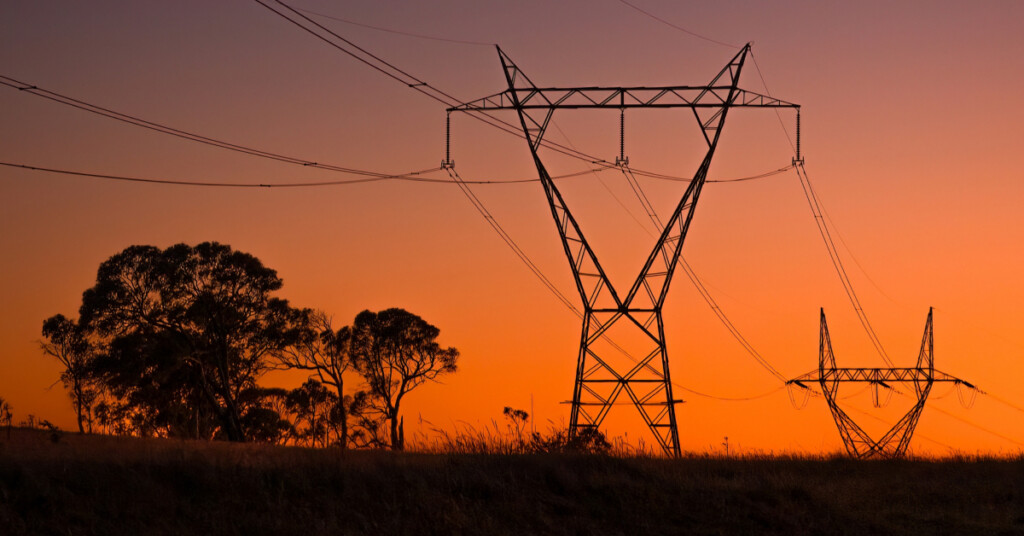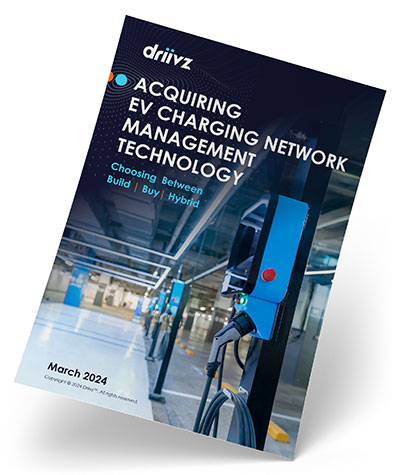Electric vehicle supply equipment (EVSE) controls the transfer of electricity from the local power supply to an electric vehicle (EV) so its batteries can recharge safely and efficiently. While electric vehicle supply equipment is the industry’s technical term, common — and very acceptable — names used for EVSE include EV chargers, charging stations, charge points, or charging docks.
When we think of EV charging, our mental picture is an EV connected via a cable to a public charging station or to a box on the wall of a home garage. It looks a lot like connecting a smartphone to a plugged-in charger, only on a much bigger scale. In general principles, it is.
But the universe of EVSE is far more complex. EVSE options range from simple to complex, with multiple form factors, use cases, charging levels, connectors, standards and protocols. So, while it’s perfectly OK to call EVSE an “EV charger,” the term covers a lot of territory.
What are the components of EVSE?
All EV charging stations, from home chargers to high-power public charging stations, have these components:
- Housing or enclosure
- Electronics inside the housing
- Firmware
- Network connectivity (optional)
- Power connection
- Port(s) on the housing and flexible cable(s)
- Connectors on the cable that plug into the EV

Public charging stations also have to have a way to accept payments, such as via mobile apps or hardware options like RFID card readers and charge card readers.
Housing or enclosures
There are several form factors for EVSE housing, ranging from a box on the cable itself to an enclosure mounted a wall or pedestal to the towers you see at public charging locations. The box-on-a-cable is primarily for home charging. Wall- and pedestal-mounted devices can be for home, multi-family residential, workplace, fleet, hotel, retail, or public chargers. Towers are typically found at public and fleet depot locations with multiple charging stations.
Electronics
At minimum, an EV charger consists of the main relay, which turns the power flow to the vehicle on or off, a control module that manages the relay and the charging session, a power supply that powers the control module and the relay, an electrical circuit for every charging socket (port) or fixed cable attachment, and optionally some kind of user interface like an LCD screen.
Firmware
Firmware is microcode or software that is embedded into the read-only memory in a hardware device like the controller or the network card in EVSE. Firmware enables these components to operate and communicate with other software running on a device, including software in the EV or the firmware in the network card or an EVSE’s LCD display. The EVSE controller firmware provides a number of functions, including starting and stopping the charging session, ensuring electrical safety, providing cybersecurity protection, and communicating with the EV to determine condition of the battery, state of charge, and amount of power required. Firmware can be updated to provide new functions or extend compatibility with different EV brands and models.
Network connectivity
Smart EV chargers are additionally equipped with a WiFi or cellular network connector for communications between the charger and a mobile app or the back-end EV charging management system in the cloud, or both. For home smart chargers, connectivity allows the EV owner to start, stop, and schedule charging and take advantage of time-of-use tariffs to reduce costs.
Power connection
Home EV chargers can plug into either standard 120-volt household outlets (Level 1 charging) or 240-volt (Level 2 charging) outlets (the service typically used for electric stoves or dryers). Level 2 chargers can also be hardwired directly into 240V household service or 208v commercial service. Multi-charger private and public installations (Level 2 or Level 3) are hardwired to electrical service infrastructure installed specifically for EVSE, which is in turn connected to the grid.
Ports and cables
Ports are the receptacles on the EVSE housing that cables attach to. Cable can also be permanently connected to the housing. Cables themselves are flexible conduits for electricity.
Connectors
At the other end of the cable is the connector that plugs into the port on the EV. Here’s where it gets a little complicated. The type of connector used depends on the level and type of charger, whether it outputs AC or DC electricity, and what connector standard the EVSE supplier or EV charging service provider (EVSP) is supporting, and where you’re located. Here’s a brief summary of EVSE levels, speeds, output, and connectors they use:
- Level 1 charging: 120-volt AC
Connectors: None or J1772
Charging speed: Up to 20 hours for full charge (slow)
Use cases: Home charging - Level 2 charging: 208- to 240-volt AC
Connectors used: J1772 or combination (CCS, NACS, CHAdeMO)
Charging speed: 5 to 6 hours for a full charge (faster)
Use cases: Home, work, multi-family unit, hotel, retail, fleet, public charging - Level 3 charging: 400- to 900-volt DC
Connectors used: CCS, NACS, CHAdeMO
Charging speed: 30 — 45 minutes (fast) or 15 minutes (ultrafast), which is why these chargers are often called Direct Current Fast Chargers (DCFC)
Use cases: Public charging

AC, DC, and EVSE: What happens where?
At this time, all power grids distribute AC (alternating current) electricity to consumers and businesses, although the frequency varies by location and voltage varies by type of service. All batteries, including disposable and rechargeable batteries — from tiny coin batteries in hearing aids to utility-scale power storage units, receive and output DC (direct current) electricity.
So, for recharging your smartphone or your EV, AC has to be converted to DC. For Level 1 and Level 2 EV charging, the AC-to-DC conversion is handled inside the EV by its onboard charger. Level 3 DC fast chargers, on the other hand, are equipped with converters in the EVSE housing to change grid-supplied AC to high-voltage DC output. For EV charging, the DC power bypasses the EV’s onboard charger and goes directly into the batteries.
In closing: Software considerations for smart EV charging management
Organizations that are providing non-home smart EV charging, whether it’s a few Level 2 chargers at a few locations or thousands of Level 2 and Level 3 chargers across the country, will need EV charging management software. When choosing this software, look for a future-proof, scalable solution that offers brand-agnostic support for all EVSE types and configurations, smart monitoring and control features that enable operational excellence, smart energy management, and support for industry standards and protocols.



